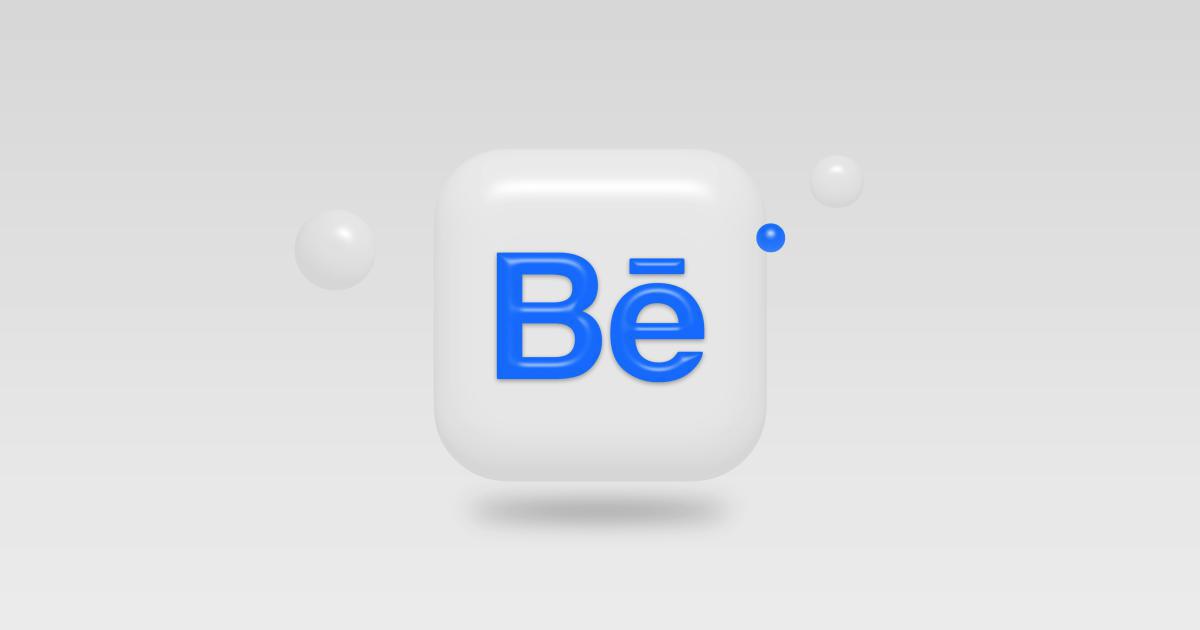The Meta Description's Impact: 37% Higher CTR Revealed


The Power of Meta Descriptions: Unlocking Higher Click-Through Rates
In the constantly evolving world of digital marketing, where every pixel counts, the humble meta description has emerged as a powerful tool for capturing the attention of potential customers. This unassuming HTML element, often overlooked in the pursuit of flashy visuals and complex algorithms, has the potential to significantly impact a website's click-through rate (CTR) and, consequently, its overall success.
A recent study by SEO experts has revealed that optimizing meta descriptions can lead to a staggering 37% increase in CTR. This eye-opening statistic underscores the crucial role meta descriptions play in shaping the user experience and driving targeted traffic to a website.

The Importance of Meta Descriptions in Search Engine Results Pages (SERPs)
In the vast digital landscape, Search Engine Results Pages (SERPs) serve as the battleground where websites compete for the attention of their target audience. When a user searches for a specific query, the search engine scans its index and presents a list of relevant results, each accompanied by a brief snippet of information – the meta description.
This concise summary, often no more than 160 characters, serves as a powerful first impression, enticing users to click through to the website. A well-crafted meta description can mean the difference between a user landing on your page or scrolling past to a competitor's site.
The Impact of Meta Descriptions on Click-Through Rates
The study's findings underscore the significant impact that meta descriptions can have on a website's CTR. By optimizing the content and structure of these snippets, businesses can effectively communicate the value proposition of their products or services, ultimately driving more qualified traffic to their online presence.

The study revealed that websites with optimized meta descriptions experienced a 37% higher CTR compared to those with generic or poorly crafted descriptions. This substantial increase in user engagement can translate into a significant boost in website traffic, lead generation, and ultimately, revenue.
Key Factors for Effective Meta Description Optimization
To harness the full potential of meta descriptions and achieve these impressive results, it's essential to understand the underlying principles of effective optimization. Let's explore the critical factors that contribute to the creation of meta descriptions that captivate and convert.
1. Conciseness and Clarity
In the fast-paced digital world, users demand concise and easily digestible information. Meta descriptions should be succinct, typically within the 160-character limit, and convey the core message of the webpage in a clear and compelling manner.

2. Relevant and Enticing Content
The meta description should accurately reflect the content of the webpage, providing users with a relevant and enticing preview of what they can expect to find. By highlighting the unique value proposition or key benefits, businesses can effectively pique the interest of their target audience.

3. Inclusion of Target Keywords
Strategically incorporating relevant keywords into the meta description can significantly improve the visibility of a website in search engine results. By aligning the meta description with the user's search query, businesses can increase the likelihood of their listing being clicked.

4. Emotional Appeal and Urgency
Crafting meta descriptions that evoke a sense of emotion or urgency can further enhance their impact. By using persuasive language, businesses can create a sense of scarcity, exclusivity, or the promise of a solution to the user's problem, ultimately driving them to click through to the website.

5. Unique and Differentiated Messaging
In a crowded digital landscape, it's crucial for businesses to differentiate themselves from their competitors. By crafting meta descriptions that highlight unique features, specialized offerings, or a distinct brand voice, websites can stand out and attract the attention of their target audience.

Implementing Effective Meta Description Strategies
Now that we've explored the key factors for crafting effective meta descriptions, let's delve into the practical steps businesses can take to implement these strategies and drive tangible results.
Step 1: Conduct a Comprehensive Audit
The first step in optimizing meta descriptions is to conduct a thorough audit of your website's existing meta descriptions. Analyze each page's current meta description, assessing its length, relevance, and alignment with the page's content and target keywords.

Step 2: Identify Opportunities for Improvement
Based on the audit findings, identify the pages that could benefit from meta description optimization. Look for pages with generic, irrelevant, or overly long meta descriptions, as these present the greatest opportunities for improvement.
Step 3: Craft Compelling Meta Descriptions
Using the key optimization factors we discussed earlier, craft new meta descriptions that are concise, relevant, and emotionally compelling. Incorporate target keywords naturally, and strive to differentiate your offering from the competition.

Step 4: Implement and Test
Once you've crafted your optimized meta descriptions, implement them on your website and monitor the results. Track the changes in CTR and observe how users engage with your updated meta descriptions.
Step 5: Continuously Refine and Optimize
Digital marketing is an ongoing process, and meta description optimization is no exception. Regularly review and refine your meta descriptions, testing different approaches and incorporating feedback from user behavior. By continuously optimizing, you can ensure that your meta descriptions remain effective and continue to drive valuable traffic to your website.

Real-World Examples of Successful Meta Description Optimization
To further illustrate the power of meta description optimization, let's explore a few real-world examples of businesses that have achieved remarkable results.
Case Study: Ecommerce Retailer Sees 22% Increase in CTR
An online retailer specializing in outdoor gear noticed a significant drop in organic traffic to their product pages. After conducting a meta description audit, they identified several pages with generic, uninspiring meta descriptions. The team worked to craft new meta descriptions that highlighted the unique features and benefits of their products, as well as incorporating relevant keywords.
The results were impressive – the updated meta descriptions led to a 22% increase in click-through rates, driving more qualified traffic to the product pages and ultimately boosting sales.

Case Study: SaaS Provider Achieves 29% Higher CTR with Targeted Meta Descriptions
A B2B SaaS company offering workflow automation software recognized the need to optimize their meta descriptions to better capture the attention of their target audience. They conducted extensive research to understand the pain points and desires of their ideal customers, and then crafted meta descriptions that directly addressed these needs.
By highlighting the unique value proposition of their software and using emotive language to convey the benefits, the SaaS provider was able to achieve a remarkable 29% increase in click-through rates from their SERP listings.

Case Study: Local Service Provider Boosts CTR by 41% with Optimized Meta Descriptions
A local service provider specializing in home renovations noticed that their website was struggling to rank high in local search results. Upon further investigation, they discovered that their meta descriptions were not effectively communicating the unique value they offered to their customers.
The team worked to streamline their meta descriptions, emphasizing their specialized expertise, rapid response times, and customer-centric approach. This strategic optimization resulted in a 41% increase in click-through rates, driving more high-intent customers to their website and ultimately leading to a surge in bookings.

These real-world examples demonstrate the significant impact that meta description optimization can have on a website's performance. By crafting compelling and targeted meta descriptions, businesses can effectively capture the attention of their target audience and drive measurable improvements in website traffic and engagement.
Conclusion: Harness the Power of Meta Descriptions for Your Success
In the highly competitive digital landscape, businesses that prioritize meta description optimization will undoubtedly reap the rewards of higher click-through rates, increased website traffic, and ultimately, greater business success.
By incorporating the key factors we've discussed – conciseness, relevance, targeted keywords, emotional appeal, and unique differentiation – you can create meta descriptions that captivate and convert your target audience.

Remember, the meta description is a powerful tool that should not be overlooked. It serves as a vital first impression, and by optimizing it, you can unlock a world of opportunities for your business to thrive in the digital realm.
Embrace the insights revealed in this article, and embark on your journey to meta description optimization. The path to 37% higher click-through rates and beyond awaits – seize the opportunity and watch your online success soar.